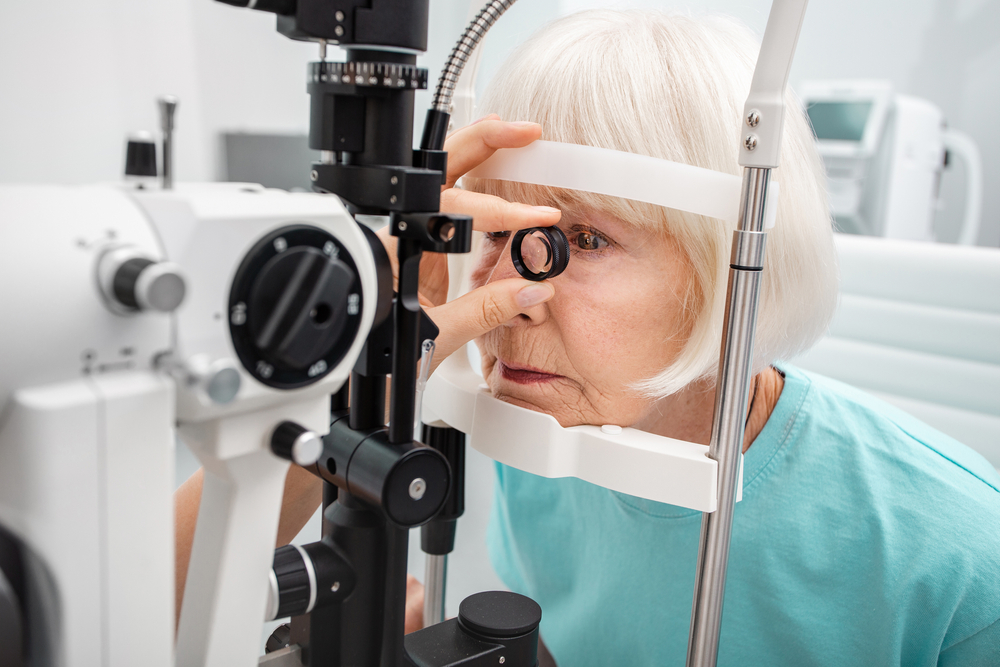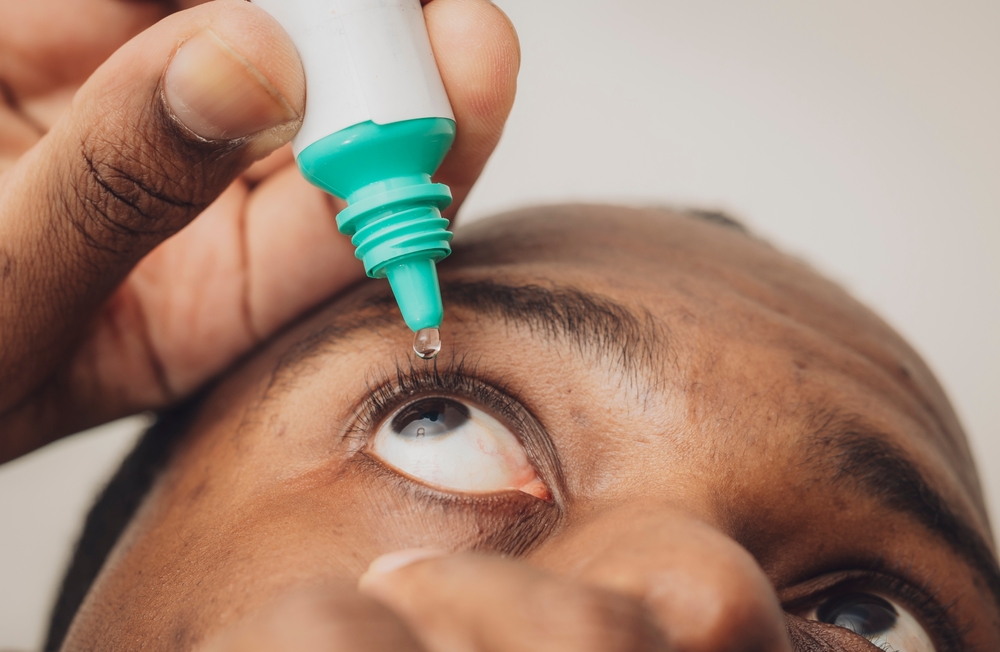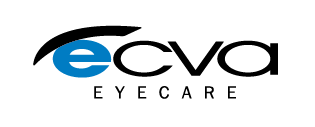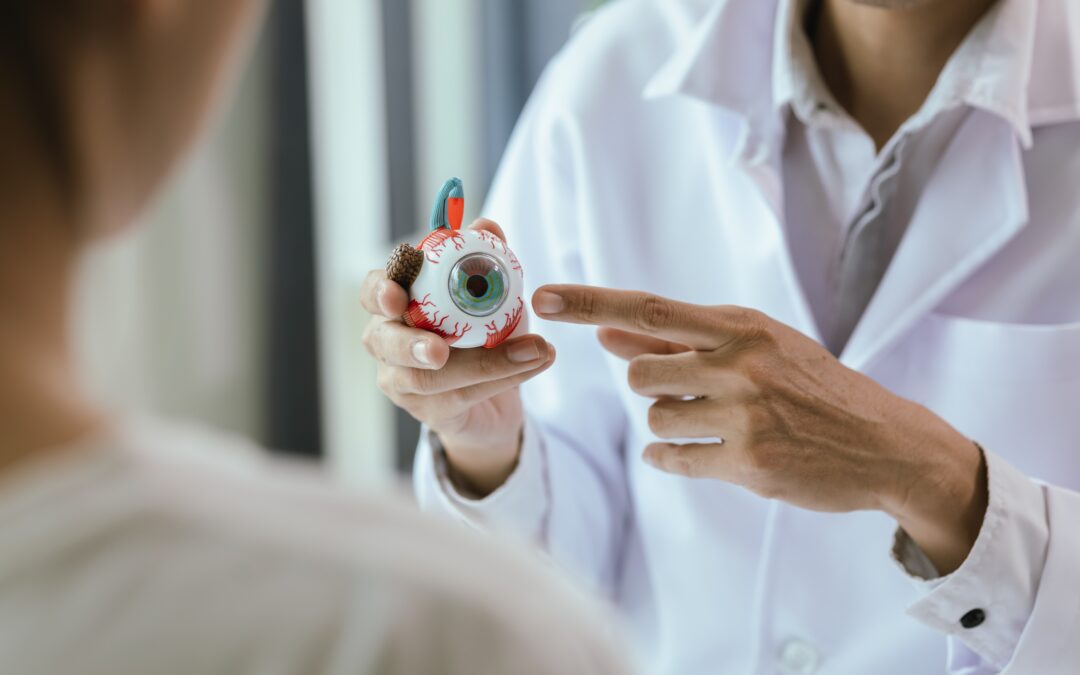Glaucoma treatment isn’t a set-it-and-forget-it approach. If you’ve been managing glaucoma for months or years, you’ve likely noticed your ophthalmologist making changes to your medications, suggesting laser procedures, or discussing surgical options you didn’t need before.
These adjustments aren’t signs of failure. They reflect glaucoma’s progressive nature and your doctor’s commitment to preserving your vision as the condition evolves.
Keep reading to learn a couple of reasons why your glaucoma treatment might need adjusting over time!
Glaucoma Changes Over Time, Even With Treatment
Glaucoma damages the optic nerve progressively. The nerve fibers that carry visual information from your eye to your brain are extremely sensitive to pressure changes inside the eye.

Once these fibers are destroyed, they cannot regenerate. This permanent nature of optic nerve damage makes early detection and consistent pressure control critical.
The challenge lies in glaucoma’s variable progression. Some patients maintain stable pressure and vision for years with minimal treatment. Others experience gradual increases in intraocular pressure despite medication, requiring treatment escalation.
The condition doesn’t follow a predictable path, which is why your ophthalmologist monitors your condition closely rather than assuming your initial treatment will work indefinitely.
Your target intraocular pressure may also change over time. Your eye doctor at Eye Care & Vision Associates determines target pressure individually based on multiple factors, including the extent of existing optic nerve damage, your rate of progression, and your corneal thickness.
If visual field tests reveal continued loss despite apparently controlled pressure, your doctor may lower your target pressure, requiring additional treatment to reach that new goal.
Medications Can Become Less Effective
Glaucoma medications work through various mechanisms. Some reduce aqueous humor production, while others increase outflow through different drainage pathways.
Over months or years, your eye can develop tolerance to certain medications, requiring higher doses, additional medications, or switches to different drug classes.

Combining multiple eye drops becomes common in glaucoma management. If a single medication doesn’t adequately lower your pressure, your ophthalmologist typically adds a second or third drop rather than abandoning the first one. Each medication class works differently, so combining them often produces better pressure reduction than increasing the dose of a single medication.
Your doctor may change your medication if the side effects bother you too much. Some glaucoma drops cause redness, stinging, or changes in the appearance of your eyes. If side effects become intolerable, your doctor can switch you to alternative medications that work through different mechanisms with fewer bothersome effects.
Trouble remembering multiple eye drops at different times can also lead to treatment changes. In this case, your doctor might switch you to longer-acting medications or combination drops that reduce the daily burden. Missing doses allows pressure to fluctuate, potentially causing continued optic nerve damage.
Monitoring Reveals Hidden Progression
Your ophthalmologist uses multiple tests to assess whether your treatment is working effectively.
Tonometry measures your intraocular pressure, but pressure readings alone don’t tell the complete story. You can have controlled pressure readings yet still experience progressive vision loss if that pressure level is too high for your particular optic nerve.
Visual field tests check your side vision. If these tests show new blind spots or existing ones getting larger, it means your current treatment isn’t protecting your vision well enough, even if your eye pressure readings look good. When this happens, your doctor will adjust your treatment to bring your pressure down further.
Optical coherence tomography (OCT) and dilated ophthalmoscopy can show if the nerve is thinning or developing more cupping, signs that damage is happening. Eye Care & Vision Associates uses these tests to spot problems early, before you notice any vision changes, so treatment can be adjusted before more damage occurs.
Sometimes Medication Isn’t Enough
Laser treatment may become an option when eye drops alone can’t control your pressure or when the side effects from multiple medications become too much to handle. This in-office procedure improves how fluid drains from your eye, often reducing how many drops you need or lowering your pressure more than medications can on their own.
Surgery becomes necessary when both medications and laser treatments can’t keep your pressure controlled. Different surgical procedures create new pathways for fluid to drain from your eye.
Moving Forward With Confidence
Glaucoma treatment adjustments reflect your ophthalmologist’s commitment to preserving your vision as circumstances change. Rather than viewing modifications as setbacks, recognize them as essential adaptations that keep your treatment effective against a progressive disease.

Eye Care & Vision Associates provides comprehensive glaucoma care, from initial diagnosis through years of long-term management. The practice monitors patients using advanced diagnostic tools, including tonometry, pachymetry, gonioscopy, ophthalmoscopy, and perimetry, to detect subtle changes that warrant treatment modifications.
Regular monitoring, open communication with your ophthalmologist, and adherence to recommended treatments remain your strongest defenses against glaucoma progression. When adjustments become necessary, they represent your doctor’s expertise in action, adapting your care to protect your sight for the long term.
Concerned about whether your glaucoma treatment is still working as well as it should? Schedule an appointment at Eye Care & Vision Associates in Buffalo, NY, online or by calling 716.631.EYES (3937) to review your current pressure control and discuss any necessary adjustments!

